Senna Alata | Cassia Alata is a very important medicinal plant with amazing medicinal uses and health benefits. It is native to Mexico and but now can be found in many parts of the world. In India, it is found commonly and can be easily found along road sides and wastelands.
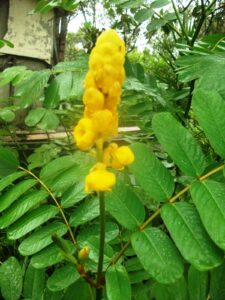
Cassia Alata Plant Description & Botanical Name:
The seed, leaves and flowers are used for medicinal purposes. Cassia Alata belongs to the family Fabaceae and genus Senna. Cassia Alata| Senna Alata is the botanical name.
Alata plant is a large shrub that grows up to 3 to 4 meters tall. The large and broad bilateral leaves close at night.
The inflorescence are candle shaped, yellow in color and looks strikingly beautiful. The fruit is a straight pod with small square seeds.
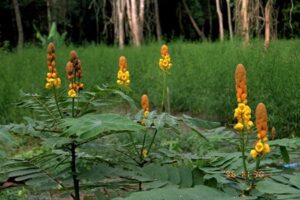
Cassia Alata Common Names:
It is commonly called Candlestick Plant | Candle Bush | Candlestick Cassia | Candle Tree Plant | Candle Bush Plant | Yellow Candlestick Plant as the inflorescence of the plant looks like a candle.
It is also commonly called as Ring Worm Bush plant as it is very famous for treating ringworm. It is called Seemai Agathi in Tamil, Dadmurdan In Hindi, Shima Agati in Malayalam and Shima Avasi in Telugu,
Cassia Alata is popularly called Akapulko in Philippines, Eth Thora in Sinhalese, Chumhet Thet in Thai, Bois Dartre in French, Kerzenstrauch in German, Kasshia Arata in Japanese and Dadrughna in Sanskrit.
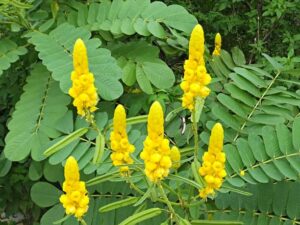
Chemical Constituents:
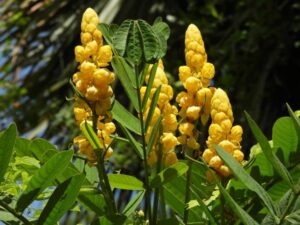
Cassia Alata Traditional Uses:
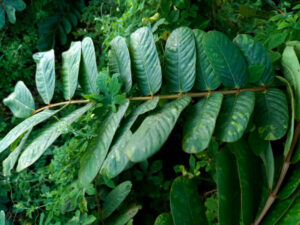
Top Cassia Alata Medicinal Uses:
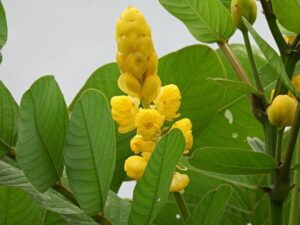
1. Anti Fungal Properties & Anti Microbial:
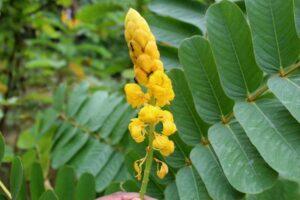
2. Anti Inflammatory & Antioxidant Properties:
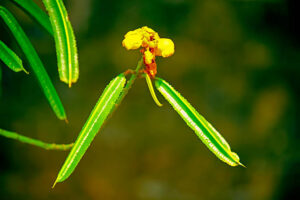
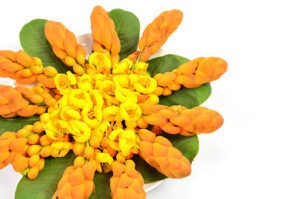
3. Anti Pyretic Properties:
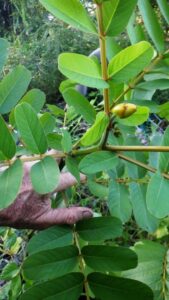
4. Anthelmintic Properties:
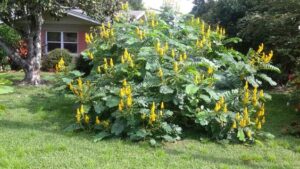
5. Anti Diabetic Properties:
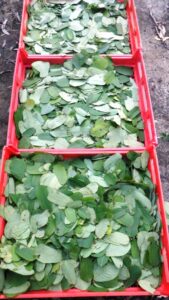
6. Anti Tumor properties:
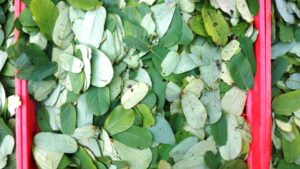
7. Ovicidal & Larvicidal Properties:
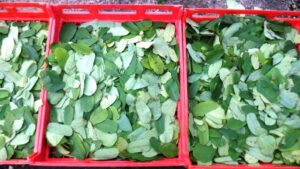
8. Cassia Alata as a Laxative:
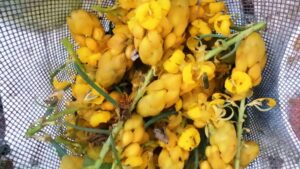
Cassia Alata Side Effects:
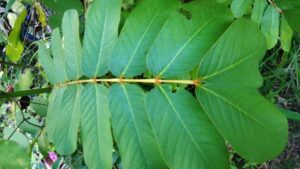
Cassia Alata Dosage:
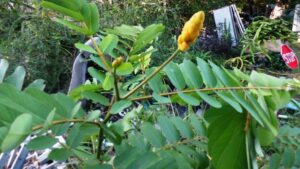
4 Top Ways To Use Cassia Alata For Health & Skin Care:
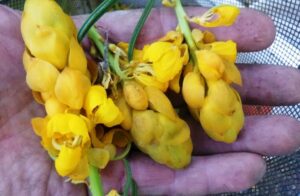
1. Cassia Alata Tea For Constipation:
For treating constipation take the water decoction by infusing 1/2 to 1 tsp of the dried leaf or 1 fresh leaf in boiling hot water. This tea is good for diabetic patients and reduces fever too.
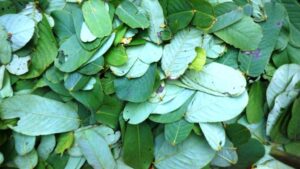
2. Cassia Alta For Ring Worm:
Take the fresh leaves and pound in mortar and pestle along with little water to get a thick paste and apply as a poultice.
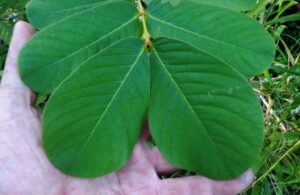
3. Cassia Alata For Skin Diseases:
For treating skin diseases, heat one cassia leaf in 2 tbsp of coconut oil till the leaf turns crisp. Let it cool, strain and use it for external application. This oil can be used for treating all kind of skin diseases.
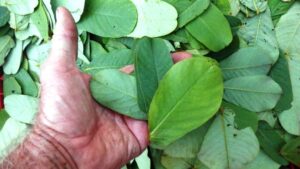
4. Cassia Alata For Wound Healing:
Fresh cassia juice got by grinding cassia leaf with little water can be applied with a small piece of cotton on skin infections. Try to use fresh leaf for making the juice for best results…
PLEASE NOTE THAT THE ABOVE IS AN EXCERPT FROM AN INDIAN HEALTH ADVOCATE POSTING & NOT NECESSARILY MY OPINION & OR BELIEF
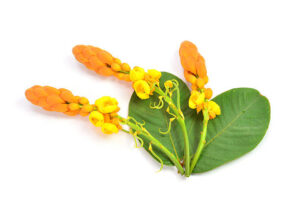
I do have the cassia alata leaves. seeds & plants for sale. Salves are available also which consists of finely shredded fresh Cassia Alata leaves in an organic coconut oil binder
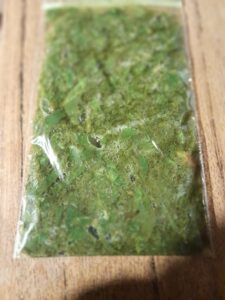
The salve comes in 30 gramme pouches $38 + pack post of $6
Smaller 15 gramme sizes may be available $20 + pack/post of $6
 Any questions or if buying, contact me HERE
Any questions or if buying, contact me HERE
![]()

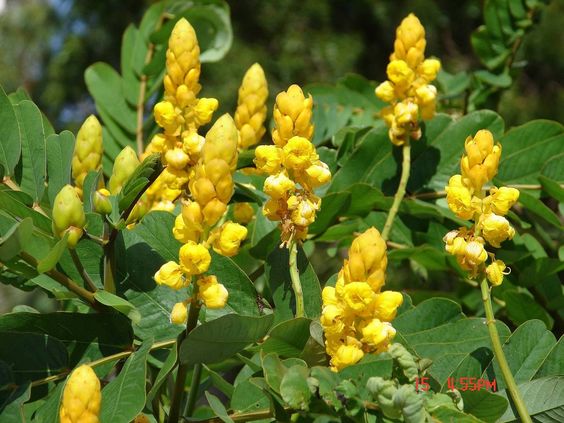
Recent Comments